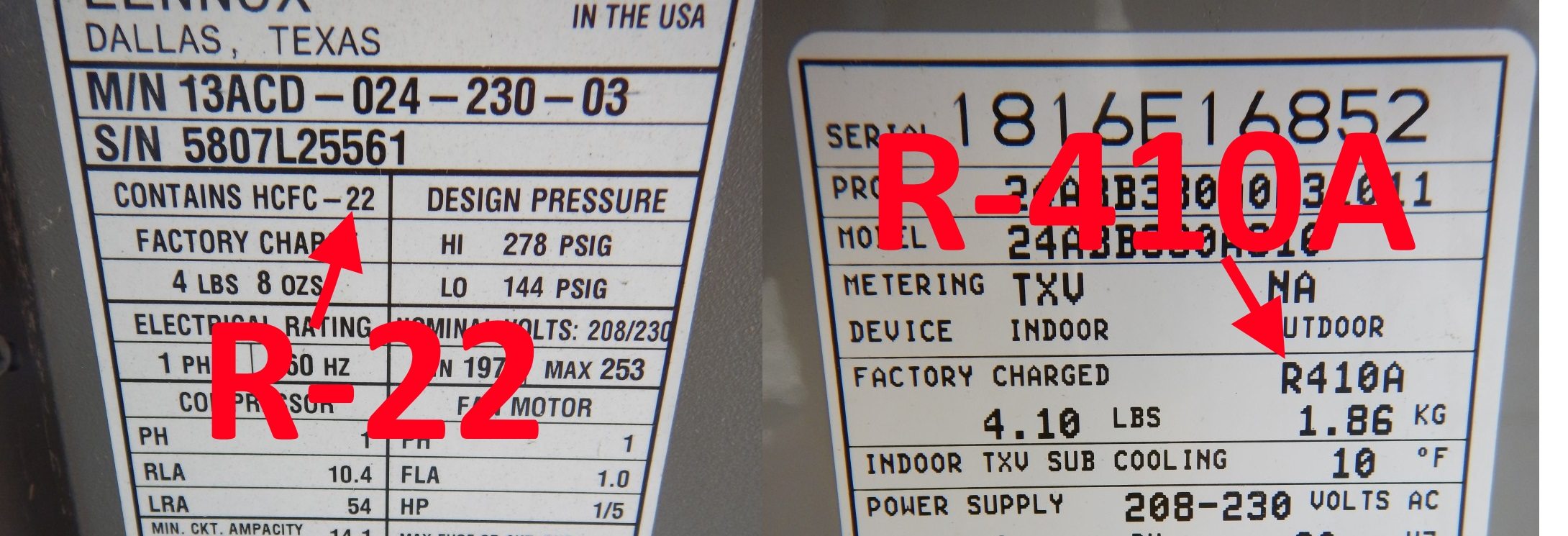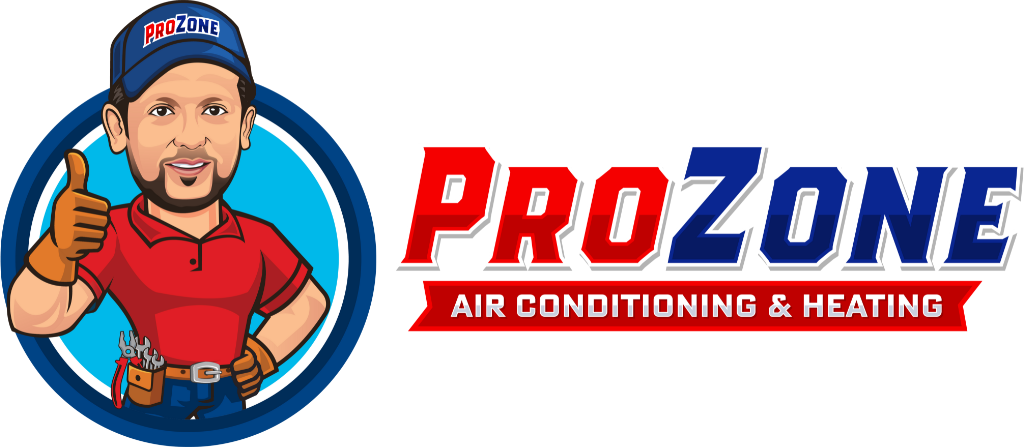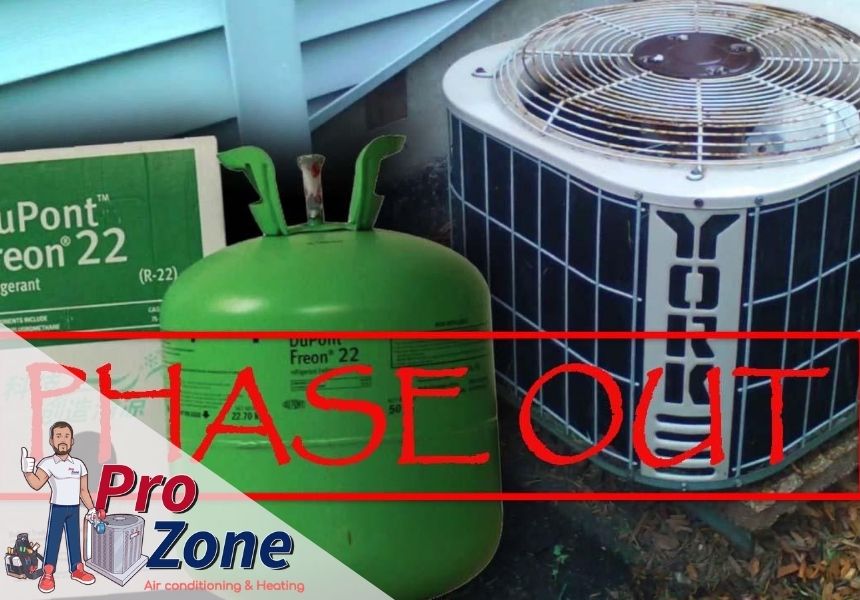Understanding policy changes that will impact how you cool your home
For the past fifteen years, environmental and government agencies have been working tirelessly to phase out and reduce the use of a chemical that has been tied to pollution, waste, and negative ecological impacts. In 2003, the use of R22 began to be phased out of imported air conditioners and refrigeration devices and in 2010, R22 became prohibited entirely from being imported or sold within the United States. With the final phase of the R22 phase out set to begin in 2020, the potential impact and outcomes of this process will be fully realized.
So, what does this mean for you?
It is entirely likely that you are completely unaware of what R22 actually is and whether this phaseout will affect you. R22 is more commonly referred to as Freon, one of the most notorious chemicals responsible for the depletion of the ozone – and chances are very high that if you purchased an air conditioner any time before 2010, you will be directly impacted by this phaseout.
The 2020 Final Phase
While the process began fifteen years ago, the general public still had limited access to the R22 chemical, and as such, were easily and affordably able to repair existing air conditioner units that relied on R22. Throughout the years as regulations increased, access to R22 was restricted, but still available for purchase. As of 2020, new R22 will be fully prohibited, leaving only certified recycled R22 to be used for the remaining air conditioning units. The result? Greatly reduced access to the chemical necessary for the use of air conditioners purchased before 2010 – and a much higher price tag for all future repairs.
How Do I Know if My Air Conditioner has R22
Typically, all machines manufactured before 2010 have R22 in them. However, if you are still not convinced or are simply unsure when your air conditioner was purchased, there is a quick, simple, and reliable way to determine whether your air conditioner contains R22. On each appliance there is a nameplate with details and important information about the air conditioner – this will identify the machine as having R22.If you are unable to find the nameplate, the user manual will also have this information. If you are still unable to determine whether or not your air conditioner has R22, look up the make and model in a search engine such as Google.

My Machine has R22 – Now What?
The cost of repairing any air conditioner with R22 will become astronomical in 2020, and with R22/Freon being one of the most detrimental chemicals to the ozone and our environment, running an older and less efficient machine simply doesn’t make sense.
Owners of air conditioners with R22 are left with three options:
- Continue to run the air conditioner until it completely dies out, and then replace it.Typically, these machines are older and far less efficient, so you will be spending a significant amount more on a machine that is known to be damaging the ozone.
- When the air conditioner inevitably breaks, pay the equivalent of a new air conditioner to have it repaired with certified recycled R22.
- Take your older R22 model air conditioner to an appropriate disposal site or recycling center and purchase a new and more energy efficient air conditioner that uses environmentally friendly chemicals.
The decision seems clear.Over the previous 15 years there have been several advances in air conditioners and efficiency – as well as a renewed focus on creating environmentally friendly policies that protect our children’s future. The R22 phaseout will reduce and eliminate the further degradation of the ozone, while providing enhanced and more energy efficient air conditioning units at half the price of repairing the outdated machinery – securing a brighter future and a cooler interior for generations to come.


